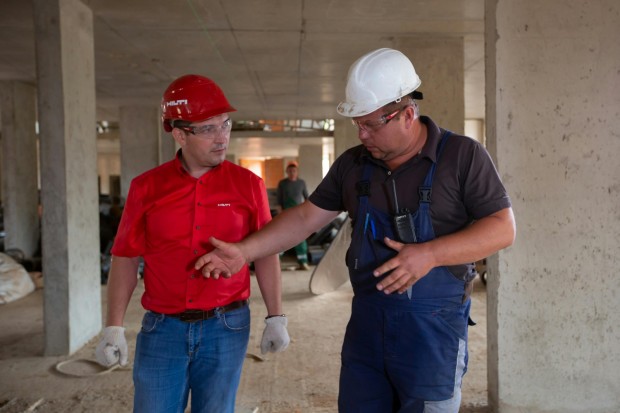As the anniversary of the devastating fire at the South Park site approaches, North Carolina is actively exploring the implementation of the latest construction safety protocols to forestall future tragedies. The state's proactive approach underscores its commitment to safeguarding lives and properties in the construction industry.

(Photo : Pexels/Aleksey )
Adaptation of New Safety Codes
On May 18, a diesel engine failure caused an explosion of the previous year from a trailer transporting spray foam insulation to the ground floor of a 239-unit luxury apartment building that was being constructed. Two workers were killed on the sixth floor, where they had penetrated through walls, floors, stairwells, and elevator passageways in a matter of minutes.
Therefore, it is currently being pursued by the state Fire Marshal's Office to accept the majority of the most recent standards for construction safety that the National Fire Protection Association has established. Accordingly, these modifications would increase fire safety procedures at multi-story wood buildings during construction.
The State Building Code Council approved the amendment in March. In addition, the state Rules Review Commission, an entity affiliated with the legislature that examines rules that state agencies have approved, will discuss them later this month.
Also Read: Foundation Construction Techniques: 7 Tips For Every Builder and Contractor
North Caroline Safety Codes
Regarding the construction of large wood-framed structures, Charlie Johnson, the chief fire code consultant for the North Carolina Office of State Fire Marshal, stated that the new National Fire Protection Association standards need several safety features that are not currently required here. As mentioned, an on-site fire safety program manager should carry out and record daily safety checks. The results of these inspections should reportedly be communicated with officials from the local building and fire departments.
An examination conducted by the Charlotte Fire Department after the fire revealed that the South Park building did not have a standpipe or a water connection extending the entire height of the operational structure. As per Robin Zevotek, principal engineer for the National Fire Protection Association (NFPA), the inspections may not have prevented the spray-foam trailer from burning; nevertheless, they may have discovered flaws with the structure's standpipes.
Moreover, when the North Carolina Department of Labour visited the South Park fire site in November last year, they discovered several breaches. For example, inspectors found that the building's exits were not situated in a manner that would make it simple for employees to leave the premises. One of the citations stated that Sherrill and Holmes were located more than 460 feet away from the sole ladder.
According to Johnson, an official from the state Department of Insurance, the modification was requested by Mecklenburg County Fire Marshal Ted Panagiotopoulos and Patrick Granson, the county's director of code enforcement. In May of last year, Panagiotopoulos contacted the state's Fire Code Revision Committee, requesting that it investigate the possibility of changing North Carolina's laws.
On the other hand, even if the rules review committee decides to approve the North Carolina code, it will be a different match for the NFPA standards. The Building Code Council, which is comprised of seventeen members and is responsible for modifying North Carolina's building rules, has pushed back the deadline for contractors to submit their application for a fire protection programme at a site. Rather than mandating that contractors submit the plan before issuing a building permit, the council altered the language to empower contractors to submit the plan before the commencement of construction without interference.
Zevotek noted that the additional time would increase the time that safety professionals on-site have to understand better how the construction process will progress and what precautions need to be taken accordingly.
Related Article: Building Codes 101: Understanding Safety Standards in Every Project







